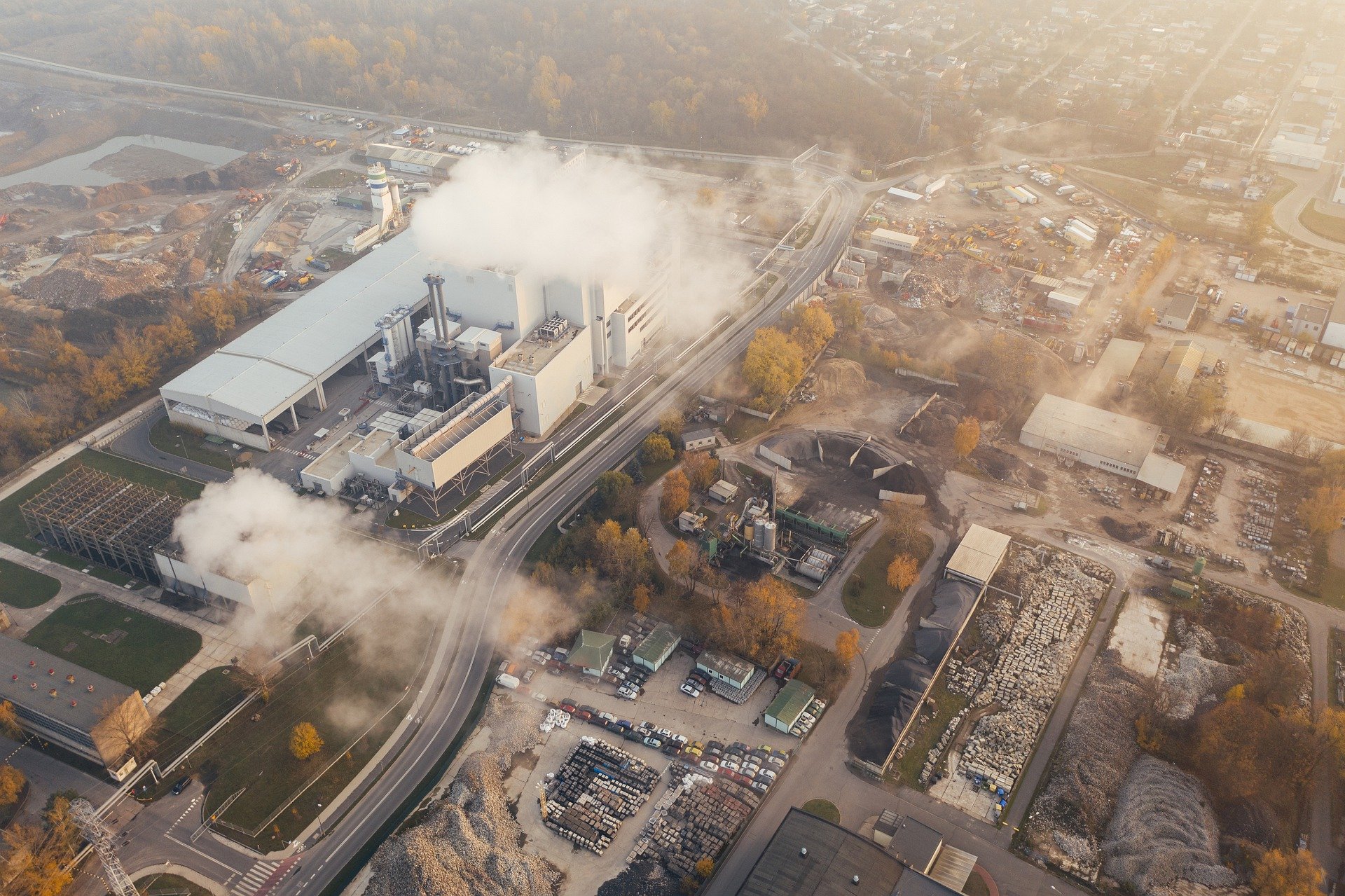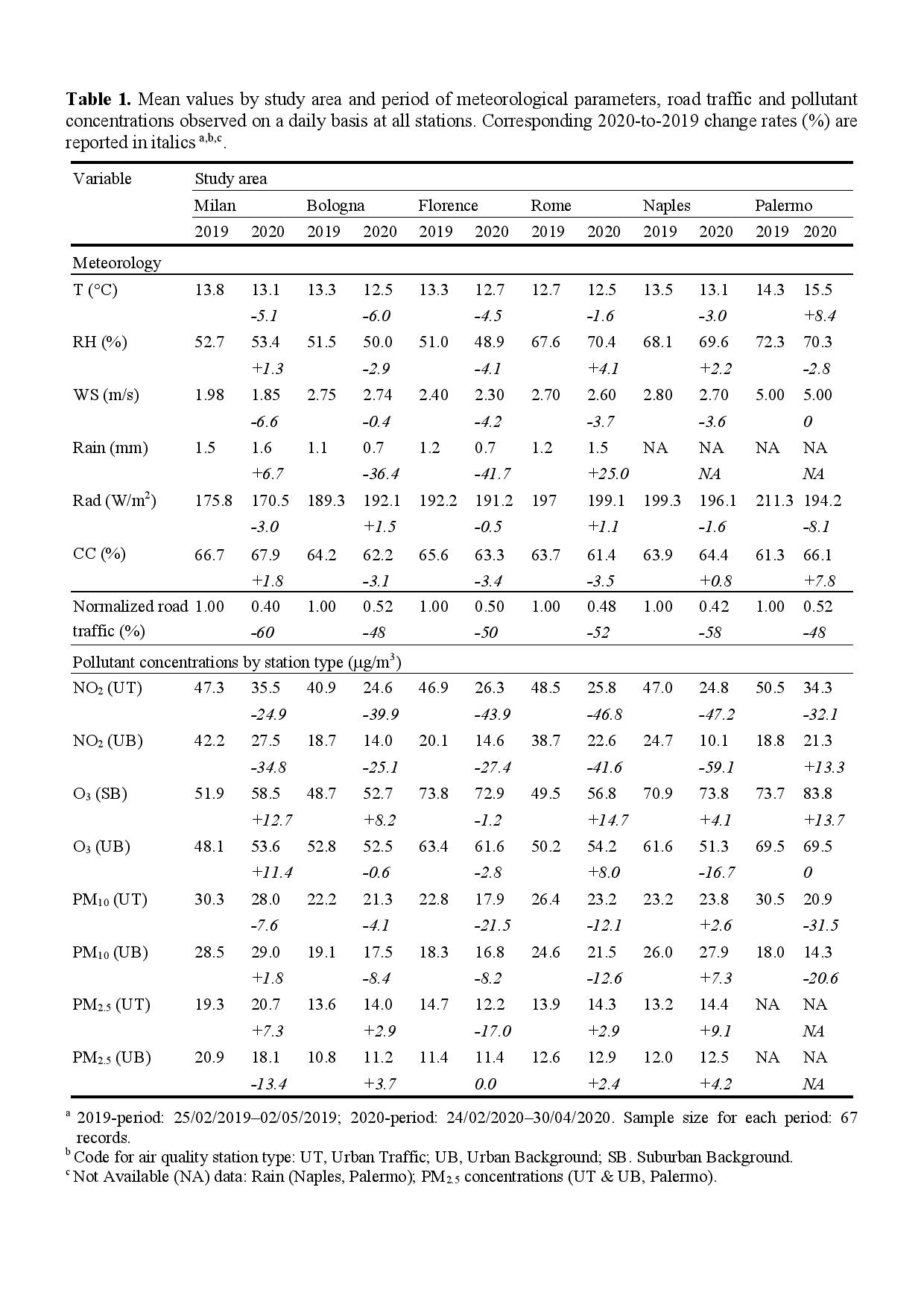Less pollution in Italy during the lockdown? What does Cnr

A study by the CNR Institute for Bioeconomy examined different Italian cities during the closure period due to Covid-19 to quantify the impact of road traffic on air quality in urban areas. There was a significant reduction in nitrogen dioxide levels, but not in the concentration of fine particles. Here are the details
Following the lockdown there have been some changes in the emissions of atmospheric pollutants and greenhouse gases and, in particular, road traffic in cities in Italy has reduced on average by 48-60%.
These conditions provided an exceptional opportunity to assess how a sustained and significant reduction in emissions has impacted urban air quality .
THE STUDY OF CNR-IBE
A study, conducted by the Institute for Bioeconomy of the National Research Council (Cnr-Ibe) and published in the journal Environmental Pollution , highlighted how the two-month blocking of urban traffic extended to the entire national territory resulted in a significant reduction of only nitrogen dioxide (NO2) levels; the concentrations of fine particles (PM2.5 and PM10) were reduced to a lesser extent, while those of ozone (O3) remained unchanged or even increased.
CITIES ANALYZED
The research took into consideration six of the most populated cities in Italy characterized by different climatic conditions: Milan, Bologna, Florence, Rome, Naples and Palermo.
WHAT HAPPENED FROM THE COMPARISON OF NO2, O3, PM 2.5 AND PM10 EMISSIONS
"The selected scenario (24/02 / 2020‒30 / 04/2020) was compared with a meteorologically comparable one (25/02 / 2019–02 / 05/2019)", explains Giovanni Gualtieri, Cnr-Ibe researcher and project coordinator. “Weather and NO2, O3, PM2.5 and PM10 measurements from 58 weather and air quality stations were used, while traffic mobility was derived from big data at a municipal scale. NO2 levels significantly decreased in all urban areas (from ‒24.9% in Milan to ‒59.1% in Naples), approximately in proportion but less than the reduction in traffic. Conversely, O3 concentrations remained unchanged or even increased (up to 13.7% in Palermo and 14.7% in Rome), probably due to reduced O3 consumption due to lower nitrogen monoxide (NO) emissions from vehicles ( NO + O3 = NO2 + O2). Recalling that nitrogen oxides (NOx) and volatile organic compounds (VOCs) are well known precursors of O3, a further cause of O3 increases could be lower NOx emissions not compensated by similar reductions in VOC emissions. PM10 showed reductions of up to 31.5% (Palermo) and increases of up to 7.3% (Naples), while PM2.5 showed reductions of 13–17% offset by increases of up to 9%. A greater use of domestic heating (+ 16-19% in March), also due to colder weather conditions than in 2019 (from ‒0.2 to ‒0.8 ° C) may partly explain the increase in primary PM emissions, while an increase in agricultural activities (in particular, crops with fertilizers and management of nitrogen compound waste) may explain the increase in ammonia (NH3) emissions, which is a known precursor of secondary PM ".
THE COMPLEX NATURE OF ATMOSPHERIC POLLUTION
This study thus confirmed the complex nature that characterizes atmospheric pollution even when one of the main emissive sources is isolated and controlled. “There is a need for constant decarbonisation efforts in all emission sectors to bring about a concrete improvement in air quality and public health”, concludes Gualtieri.

This is a machine translation from Italian language of a post published on Start Magazine at the URL https://www.startmag.it/mondo/meno-inquinamento-in-italia-durante-il-lockdown-cosa-dice-il-cnr/ on Tue, 06 Oct 2020 14:00:28 +0000.
